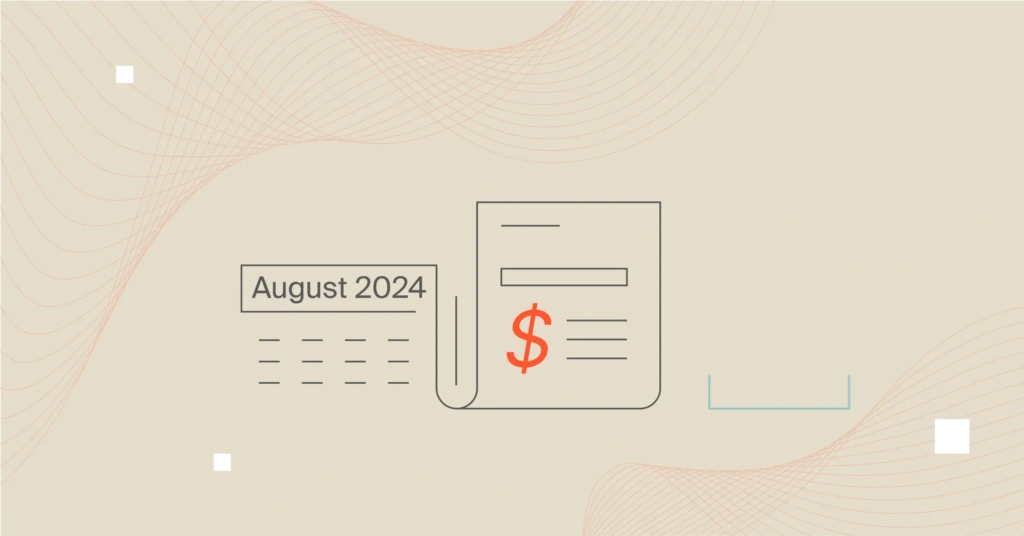It’s officially September, and we hope your cloud prices have fall-en. 🍃
Below, we’ll leaf you with the latest news in the cloud cost world from August of 2024. Here are the highlights:
- Google reduced the price of its Gemini AI model.
- AWS added new admin accounts that may simplify your FinOps practice.
- Azure published a number of pricing changes and a handful of tutorial updates as well.
Pour a cup of pumpkin-spiced goodness, and read on for the details.
Top Cloud Cost News From August 2024
Google’s Gemini 1.5 models saw a price reduction
Google Cloud announced in August that Gemini inputs should see a price reduction of up to 85%, and outputs will experience a similar reduction of up to 80%. This is great news if you’ve been trying to leap on the AI bandwagon but you’ve been sidelined by the sky-high prices of cloud AI solutions.
While AI still isn’t exactly affordable, Google certainly took a step in the right direction last month. We hope other cloud AI providers will see this as the competitive move that it is, and take similar actions to suppress the ever-swelling price of AI.
Note that this price reduction isn’t the only change Google AI users will notice. Gemini now supports more than one hundred languages and received some other performance upgrades as well. Read about the August Gemini update here.
AWS added a “delegated administrator” feature for its Cost Optimization Hub
Good news for those of you who want to make cost optimization part of your company-wide culture: AWS just made it easier to view and control cloud costs across your organization.
Until now, the AWS Cost Optimization Hub required users to view and manage cloud costs from within a single management account. Now, management accounts have the option to designate administrator accounts that can take certain actions independently.
What this looks like in your organization may vary, but we’re envisioning a collaborative effort between team leaders to take control of cloud costs. Simply set up a delegated administrator account, give that account permission to identify and act on cloud cost recommendations, and you suddenly have a whole new portal into your cloud cost optimization data that you can share among your teammates.
Microsoft Azure published a lengthy blog post listing its recent cost updates
Have your Azure costs been different lately—for better or worse? It’s not in your head.
Microsoft made several changes to its pricing scheme over the summer and subsequently released numerous price page updates that should give you the latest details on what you’re spending for individual services. If you’ve noticed a significant difference in your bill over the last month or so, check out this page and scroll to the “pricing updates” section for a lengthy list of service cost pages that will help you rework your budget.
In fact, if your budget is in need of some TLC, you might want to take a look through the latest updates to Azure’s budget creation tutorial or the documentation pages for understanding the cost detail fields within your account. Microsoft has also added a how-to page on identifying unused subscriptions, so you don’t waste money on services you never touch.
Prefer A One-Stop-Shop For Cost Management?
Even if all the major cloud providers continue working to make prices lower, easier to access, and more transparent, having to log into multiple cloud accounts and compile data manually isn’t exactly efficient or enjoyable.
In fact, combining data from different cloud providers is even harder than most people think, because the data isn’t normalized; you’ll be comparing apples to oranges.
With CloudZero, you don’t have to worry about any of that. CloudZero ingests your cost data from all cloud service providers, standardizes it, and displays it conveniently in one central dashboard. From there, you’ll be able to keep a close eye on your costs, identify surges and anomalies before they become a problem, and find ways to save money without sacrificing functionality.
 to see how your cost management strategy is about to change forever.
to see how your cost management strategy is about to change forever.






